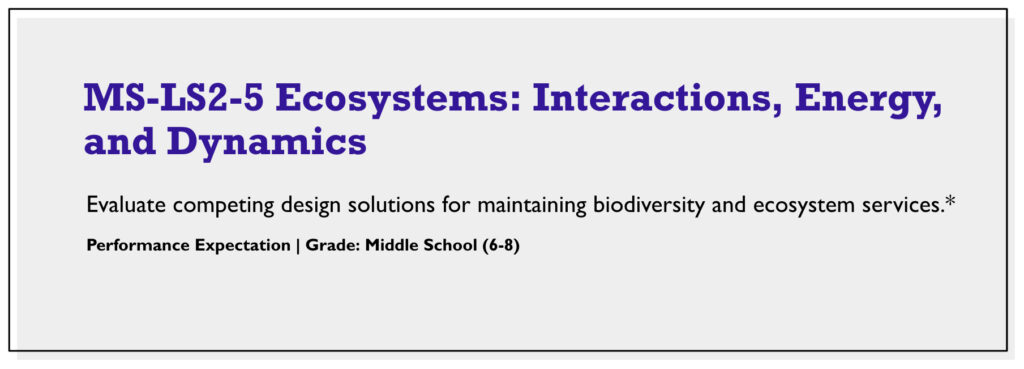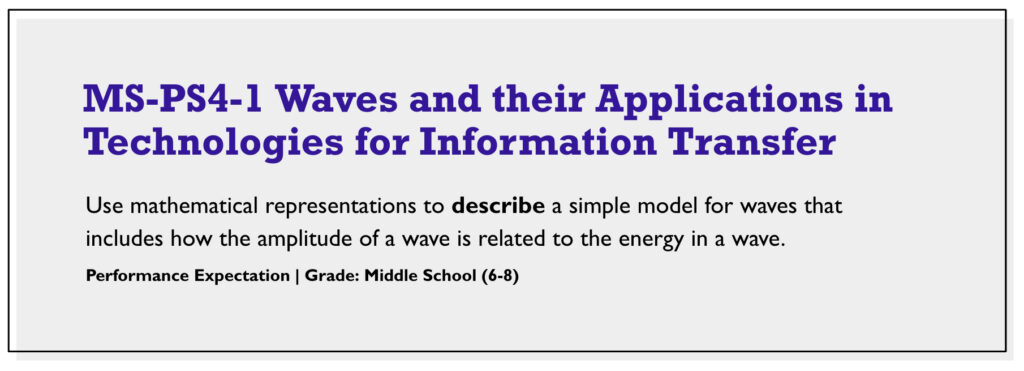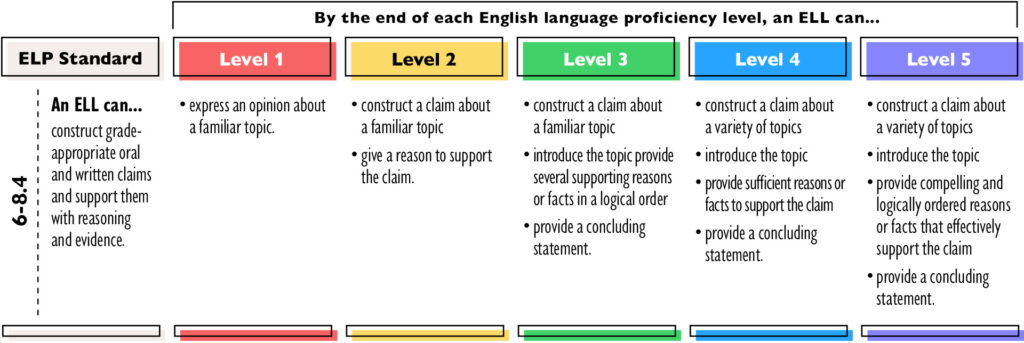Integrating content and discipline-rich vocabulary in a standalone English Language Development (ELD) class can feel overwhelming. With limited resources and hiring challenges, it’s not uncommon for teachers to find themselves responsible for supporting students with various proficiency levels, interrupted formal education, or from mixed grade levels in the same classroom. Where do you begin?
Co-teaching is a well-established movement that supports best practices in ML education through collaborative planning and teaching. While co-teaching provides enormous opportunities and benefits for language learners, especially experienced MLs, not every district or school is able to fund or support this ELD model. (Gain more insight here about co-teaching with the dynamic duo, Kathy and Keenan). In a co-teaching model, students fundamentally learn language through content as a grade-level or discipline teacher co-plan and co-teach collaboratively with a multilingual specialist; in contrast, a standalone ELD classroom requires the ML specialist to creatively and purposefully engineer learning opportunities that align with content in a significantly more restricted environment.
Start where you can
First, establish boundaries by identifying what your class is not. Then, create objectives for what it is. (Sometimes it’s simpler to itemize what something isn’t before you can clearly see what it is). When you can identify the best and most productive way to utilize your ELD minutes, then you’ll be able to communicate these ideas more effectively with your colleagues. Every teacher on campus is responsible for teaching language. Your discipline-specific colleagues are your partners and that relationship is foundational to your multilingual students’ participation in school, self-confidence to participate in class, and overall academic success. Here are some sample ideas:
What my ELD classroom is not:
- Homework help
- A place where I can single handedly teach math, science, history, and ELA to 6th, 7th, and 8th graders all at once
- A magical oasis where 7 years worth of language competency can be taught in 6 months
- A class that students don’t take seriously or think is a joke
What my ELD classroom is:
- A rigorous learning environment where my students feel welcomed, supported, and empowered to make meaning of their learning.
- A collaborative learning environment where students explore content-rich opportunities to ingest and express new ideas through practice and application.
- A targeted learning environment where I adjust and adapt lesson planning and instruction to meet the unique needs of my students while utilizing backwards design, formative and summative data, and objective-based scaffolds.
Get creative – work smart
As an English Language Development Specialist, you have language standards you are responsible for addressing through planning and instruction. Likewise, each discipline has its own content-driven standards to cover throughout the school year. These standards often seamlessly overlap and through backwards design, you will be able to engineer opportunities to meet language standards through the lens of content standards.
Take for example the Next Generation Science Standard (NGSS) paired with the English Language Proficiency Standards. When we consider content-learning objectives paired with language standards, we will see abundant opportunities to bridge learning and make explicit connections for our students. (If unpacking standards is new for you, check out this quick overview).
NGSS

ELPS

Looking at this science standard, students are required to “evaluate competing design solutions,” which directly aligns with students being able to “analyze and critique the arguments of others orally and in writing.” Here, you can see how a content standard and language standard could be paired and instruction prepared through backwards design to support language via content, even in an ELD model outside co-teaching. Here’s another example:
NGSS

ELPS

Where do you see the overlap between these standards? Are you able to start imagining how science, social studies, or math might show up in your ELD classroom? It’s worth noting here that NGSS are organized by grade bands, meaning learning objectives spiral. So, for example, if you’re a middle school ELD Specialist, you can confidently engineer learning opportunities for students to practice language through content in a stand-alone ELD classroom even with mixed grades because students will encounter the same science standards throughout middle school.
How can I apply this on Monday?
We know pedagogy and methodology are both needed to make this practice effective in your classroom. So let’s talk about how to apply this to your classroom instruction starting now:
- Find willing partners. Collaborating with colleagues makes this work meaningful, stickier, and easier to sustain.
- Start small. As your confidence builds, so will your practice. Look for opportunities where content standards and language standards naturally overlap, or prioritize high-interest themes you know will engage your students.
- Practice braiding the standards. Content and language standards overlay beautifully and will help your students make valuable connections between their learning.
In Part II of this blog, we’ll go deeper into what it looks like to combine content and language standards and build learning and language objectives for your students.





